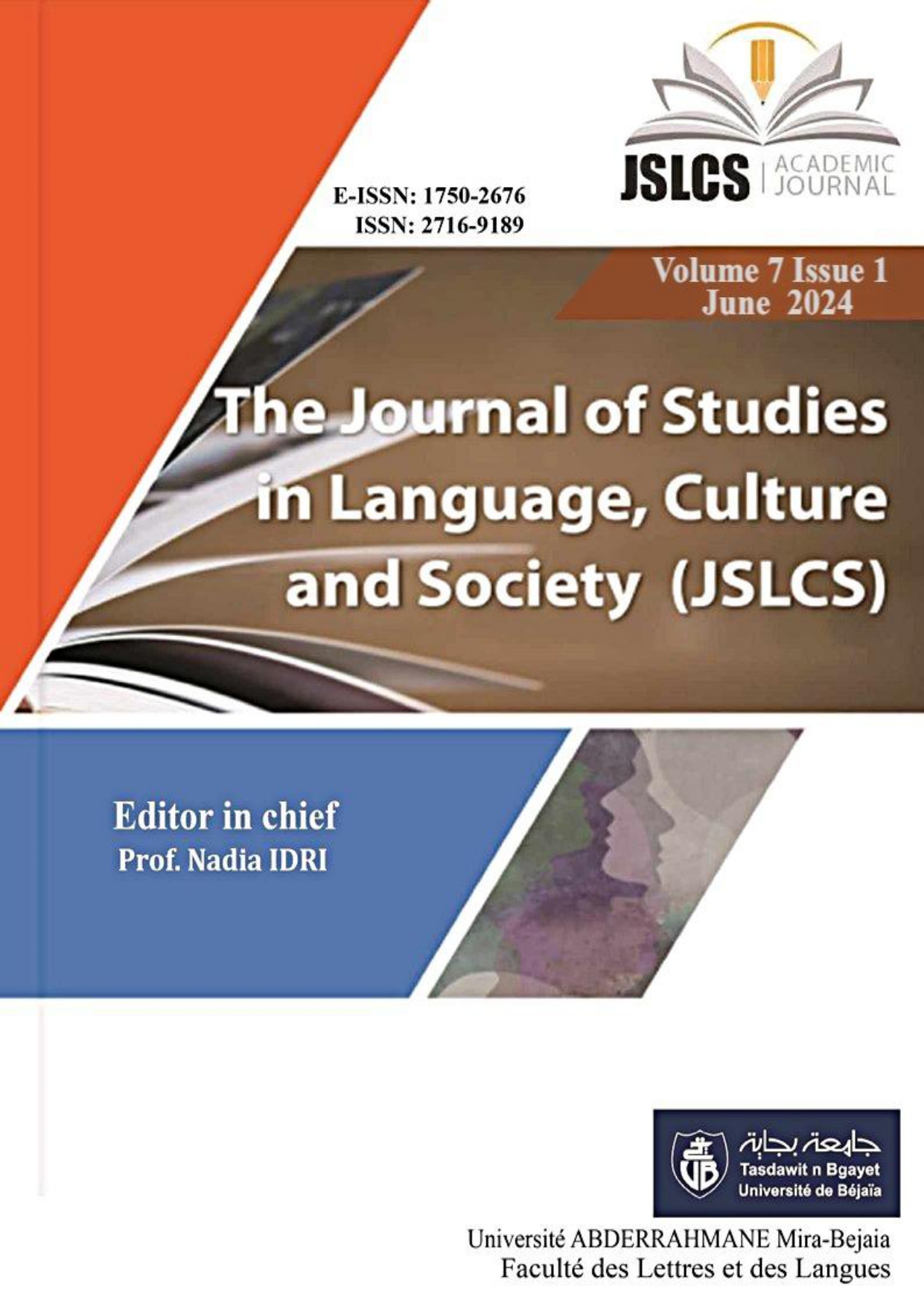Integrating Critical Thinking Skills Using The Cort Program In Arabic Read-aloud Sessions: An Infused Curriculum Approach
Keywords:
critical thinking skills, Arabic children’s literature, higher-order thinking, infused curriculum, CORT ProgramAbstract
The teaching of Arabic literature for children faces two main challenges: the presentation of the information in a didactic way that does not engage the learners or stimulate their thinking, and the irrelevance of the presented curriculum to students’ lives. The current research aims to mitigate these problems by designing culturally relevant content that activates learners’ higher-order thinking skills as well as infusing moral and ethical values in a dialogic format. The current research presents two excerpts as a model of how to immerse learners into Arabic literature by infusing de Bono’s CORT program in Arabic literature for two age groups. This study adopts a unique approach in infusing CoRT methodology into the content by using culturally relevant examples to empathize with the CORT values, unlike previous studies that use the same examples and application of the CoRT handbook. Additionally, this study follows a holistic approach that aims at developing students’ empathy and emotional awareness by reflecting on real-life situations, in addition to their thinking skills. Another aspired outcome of the designed curriculum is the improvement of students’ engagement with Arabic literature at deeper levels. The units presented include guidelines that make the units implementable by teachers and parents in school and out-of-school settings. We consider the current curriculum to be a unique contribution towards integrating higher thinking skills and moral values into Arabic literature.
References
Al-Faoury, O. H., & Khwaileh, F. (2014). The effect of teaching CoRT programNo. (4)entitled ‘Creativity’ on the gifted learners’ writings in Ein El-Basha Center for GiftedStudents. Theory and Practice in Language Studies, 4(11), 2249-2257.
Burke, L. A., & Williams, J. M. (2008). Developing young thinkers: An intervention aimedtoenhance children’s thinking skills. Thinking Skills and Creativity, 3(2), 104-124.
Costa, A. L., & Lowery, F. L. (1989). Metacognition: Thinking about thinking. In Techniquesfor Teaching Thinking (pp. 64-73). Routledge.
De Bono, E. (1983). The direct teaching of thinking as a skill. The Phi Delta Kappan, 64(10), 703-708.
De Bono, E. (1985). The CoRT thinking program. Thinking and Learning Skills, 1, 363-378.
De Bono, E. (2009). CoRT 1: Breadth thinking tools: The complete learning, planning, andteaching guide for teachers, administrators, and home schoolers. The OpportunityThinker.
De Bono, E. (1987). CoRT thinking program: Work cards and teachers’ notes. ScienceResearch Associates.
Fairweather, E., & Cramond, B. (2010). Infusing creative and critical thinking intothecurriculum together. In R. A. Beghetto & J. C. Kaufman (Eds.), Nurturing creativityinthe classroom (pp. 113-141). Cambridge University Press.
Futures, A. O. (1999). National Advisory Committee on Creative and Cultural Education. Department for Education & Employment. http://sirkenrobinson.com/pdf/allourfutures.pdf
Hmeadat, S. R. A. (2016). The effect of the cognitive research trust programfor development of thinking skills on the achievement of the Jordanian English language learners. TheArab Journal of Science and Research Publishing, 17(3218), 1-9.
Johnson, D. W., & Johnson, R. T. (1983). Social interdependence and perceived academicandpersonal support in the classroom. The Journal of Social Psychology, 120(1), 77-82.
Khalid, T. (2010). An integrated inquiry activity in an elementary teaching methodsclassroom. Science Activities: Classroom Projects and Curriculum Ideas, 47(1), 29-34.
Kazarian, S. S., & Ammar, J. (2013). School bullying in the Arab world: Areview. TheArabJournal of Psychiatry, 44(473), 1-18. Lewis, A., & Smith, D. (1993). Defining higher order thinking. Theory into Practice, 32(3), 131-137.
Newmann, F. M. (1990). Higher order thinking in teaching social studies: Arationale for theassessment of classroom thoughtfulness. Journal of Curriculum Studies, 22(1), 41-56.
Melchior, T. M., Kaufold, R. E., & Edwards, E. (1988). Using CoRT thinking in schools. Educational Leadership, 45(7), 32.
Shabani, K., Khatib, M., & Ebadi, S. (2010). Vygotsky's zone of proximal development: Instructional implications and teachers' professional development. English LanguageTeaching, 3(4), 237-248.
Paul, R., Binker, A., & Weil, D. (1990). Critical thinking handbook: K-3 grades. The Centerfor Critical Thinking and Moral Critique.
Perkins, D., & Swartz, R. (1989). The nine points about teaching thinking. In D. Perkins &R. Swartz (Eds.), If minds matter (pp. 1-22).
Skylights. Rosenberg, R. (2008). The importance of storytelling: Students and teachers respondtoSeptember 11. Pedagogy, 8(1), 145-154.
Swartz, R. J., Kiser, M. A., & Reagan, R. (1999). Infusion lessons: Teaching critical andcreative thinking in language arts. Critical Thinking Books & Software.








